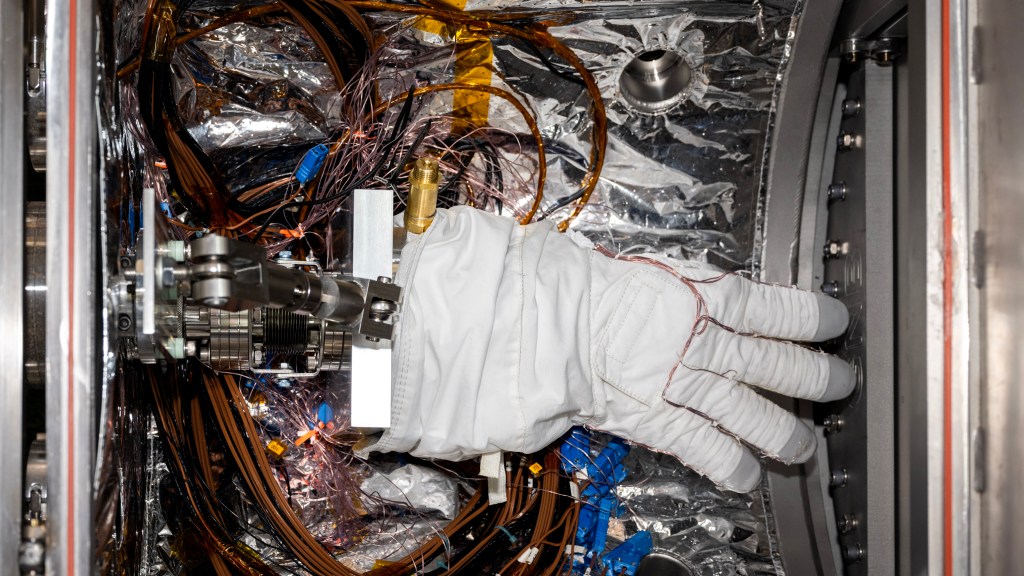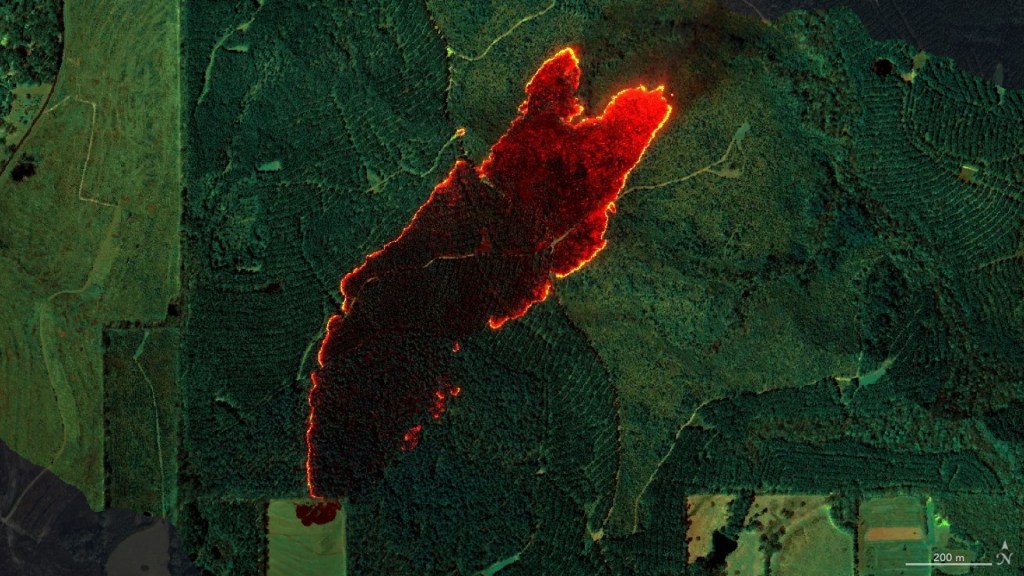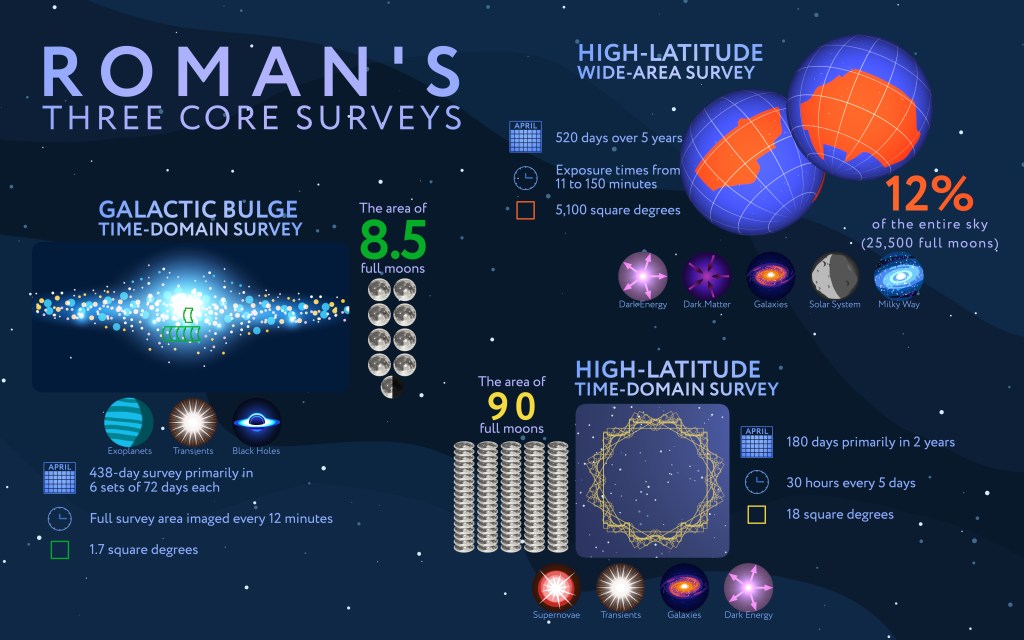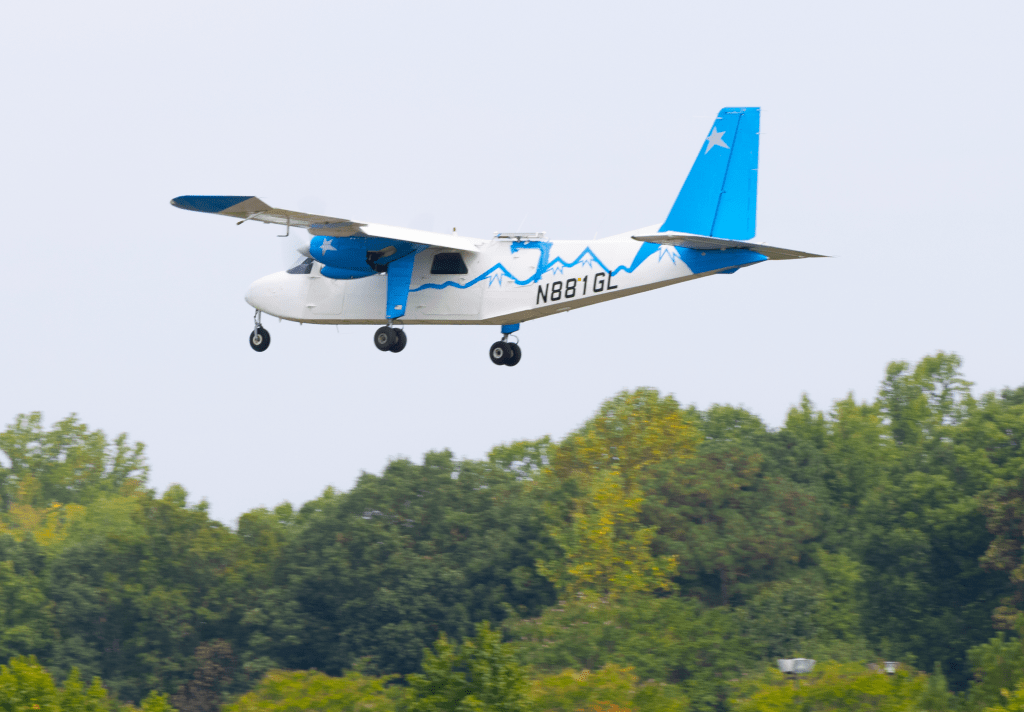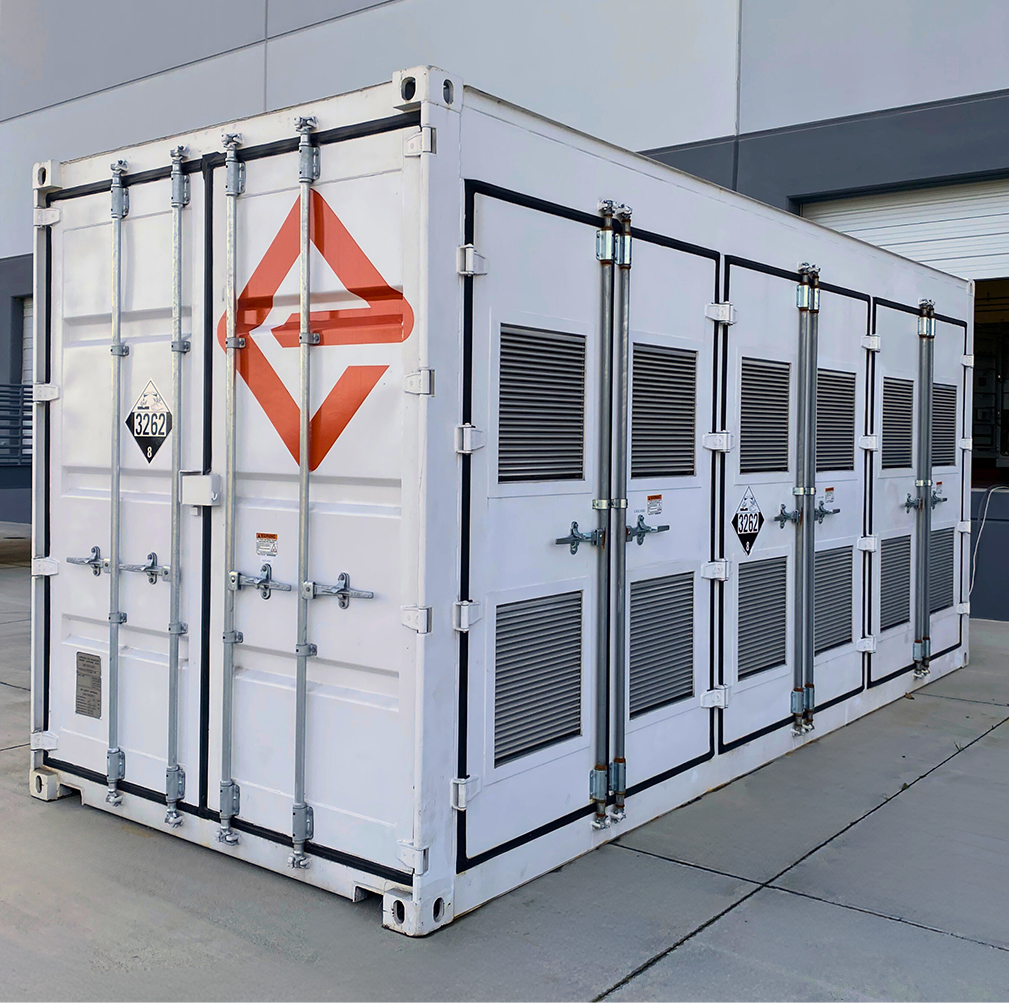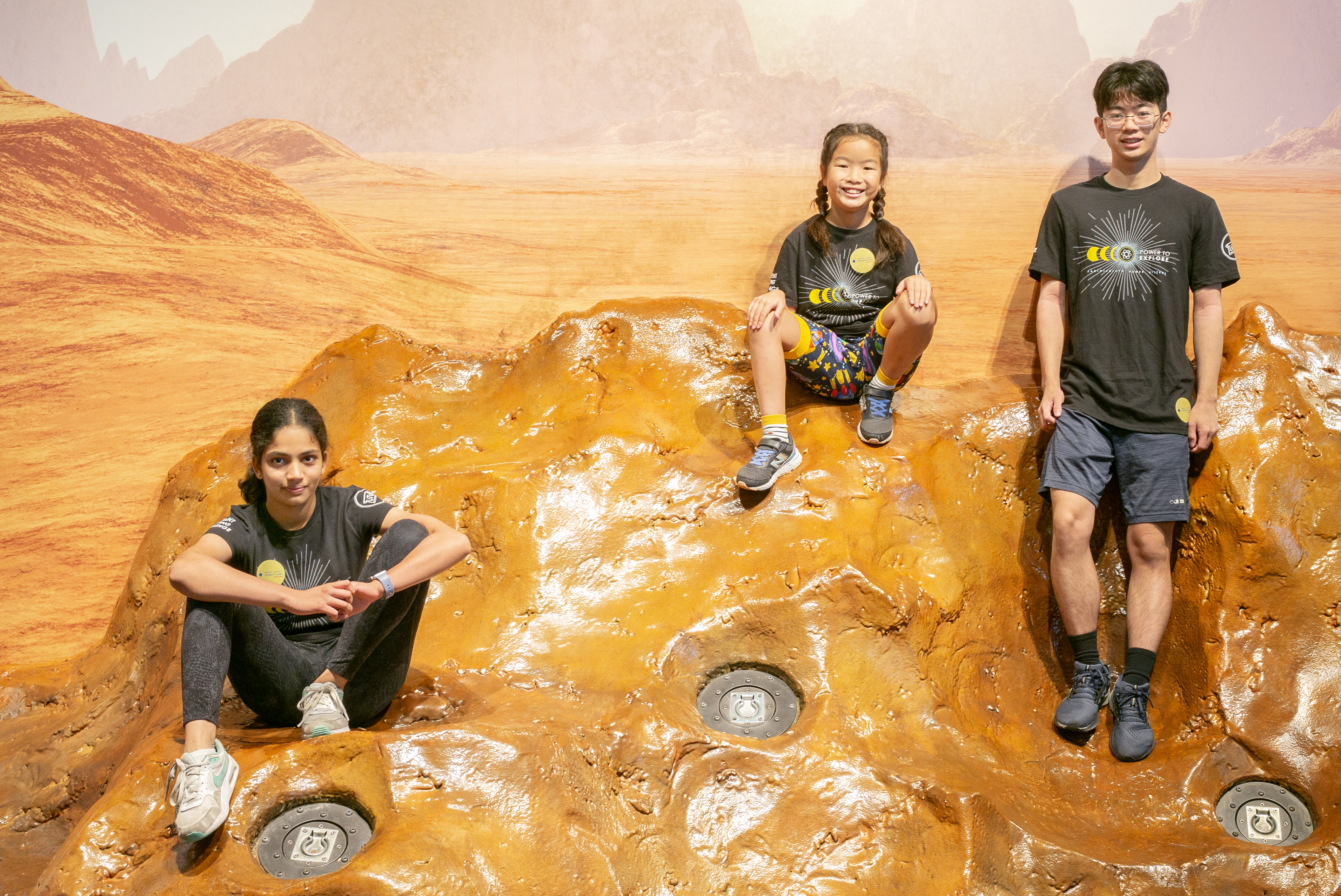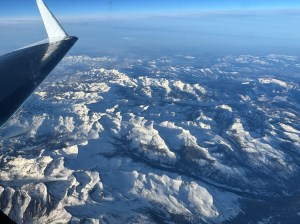Over the past 12 months NASA has added five missions to its orbiting Earth-observing fleet. NASA scientists will share early observations during a media telecon Feb. 26.

Over the past 12 months NASA has added five missions to its orbiting Earth-observing fleet—the biggest one-year increase in more than a decade. NASA scientists will discuss early observations from the new missions and their current status during a media teleconference at 2 p.m. EST Thursday, Feb. 26.
New views of global carbon dioxide, rain and snowfall, ocean winds, and aerosol particles in the atmosphere will be presented during the briefing.
The first of the five new missions—the Global Precipitation Measurement (GPM) core observatory—was launched from Japan one year ago on Feb. 27, 2014. The most recent—the Soil Moisture Active Passive (SMAP) mission—was launched from California on Jan. 31 and is in its checkout phase before starting to collect data. Two missions are collecting NASA’s first ongoing Earth observations from the International Space Station (ISS).
The teleconference panelists are:
- Peg Luce, deputy director of the Earth Science Division in NASA’s Science Mission Directorate, Headquarters, Washington
- Gail Skofronick-Jackson, GPM project scientist, NASA’s Goddard Space Flight Center, Greenbelt, Maryland
- Ralph Basilio, Orbiting Carbon Observatory-2 project manager, NASA’s Jet Propulsion Laboratory, Pasadena, California
- Ernesto Rodriguez, ISS-RapidScat project scientist, NASA’s Jet Propulsion Laboratory
- Matthew McGill, Cloud Aerosol Transport System (CATS) principal investigator, NASA’s Goddard Space Flight Center
For dial-in information, media representatives should email their name and affiliation to Steve Cole at stephen.e.cole@nasa.gov by noon Thursday. Media and the public also may ask questions during the briefing on Twitter using the hashtag #askNASA.
Supporting graphics for the briefing will be posted at the start of the event at:
http://svs.gsfc.nasa.gov/Gallery/EarthNowBriefing.html.
Audio of the briefing, as well as supporting graphics, will stream live at:
http://www.nasa.gov/newsaudio.
For more information about NASA's Earth science programs, visit:


